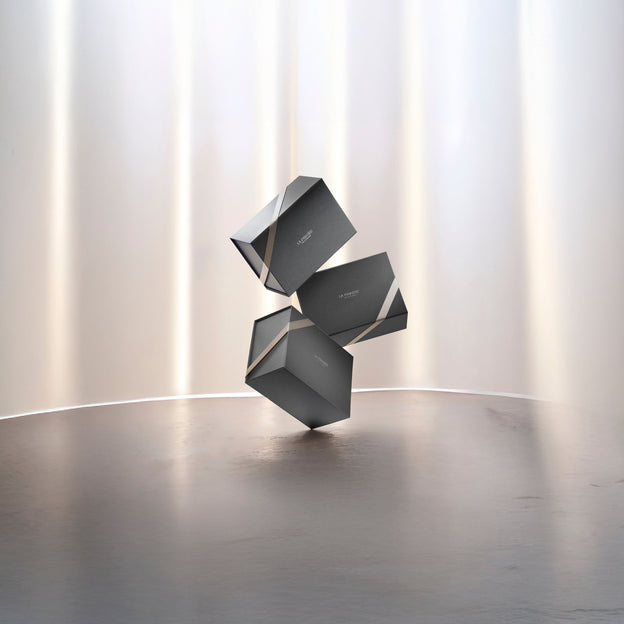THE GIFT OF BEAUTY WONDERS
YOUR HOLIDAY INDULGENCE AWAITS
A timeless exclusive La Prairie pouch designed to accompany you through the holiday season and beyond, with any purchase of $300+.
In addition, enjoy a complimentary Skin Caviar Essence-in-Lotion miniature (10ml) with every order of $600+ and a Skin Caviar Luxe Cream miniature (5ml) with every order of $1200+.
PURE GOLD ESSENTIAL RADIANCE SET
An exclusive Pure Gold ritual set featuring three complementary formulas infused with the Advanced Pure Gold Diffusion System. Designed to nourish, densify and restore radiance to skin affected by age-related changes.
Pure Gold Radiance Cream
Pure Gold Revitalising Essence
Pure Gold Radiance Eye Cream
La Prairie Pouch
ONLINE EXCLUSIVE
NEW PLATINUM RARE FESTIVE NIGHT INDULGENCE DUO
A celebration of rejuvenation after dark. Awaken to skin that looks visibly revitalised, luminous, and youthfully radiant. Featuring:
Platinum Rare Night Elixir (20ml)
Platinum Rare Haute-Rejuvenation Cream (30ml)
Available at a special price, exclusively online.
THE ULTIMATE WINTER RITUAL
Embrace the season of holidays with La Prairie’s curated step-by-step product selection.
CELEBRATE THE ART OF GIFTING WITH NEW HOLIDAY SETS AND ONLINE EXCLUSIVE DUOS
Whether as a cherished gift for someone special or a moment of indulgence for yourself, these limited-edition sets and duos offer the perfect way to experience La Prairie’s most iconic creations. Now available at a special price.
LIMITED TIME OFFER
With any purchase of a Night & Day Bundle or Ritual, indulge in a complimentary La Prairie Silk Sleep Mask.
For orders over $600+, delight in an additional Skin Caviar Eye Lift miniature, and for orders over $1,200+, elevate your ritual with a Pure Gold Nocturnal Balm miniature.
A NEW ERA OF REJUVENATION
La Prairie’s intensive treatments designed to deliver an additional boost of rejuvenation.
Platinum Rare Protocol, a month-long intensive treatment. Firming. Volume-Enhancing. Rejuvenating.
Platinum Rare Mask, a two-step treatment to recreate the gesture of today's most sought-after aesthetic procedures.
THE ULTIMATE WINTER RITUAL
Embrace the season of holidays with La Prairie’s curated step-by-step product selection.
OUR HERITAGE
Immerse in the essence of La Prairie
A Swiss luxury house crafting the ultimate skincare to empower discerning individuals to live to their full potential.






















































